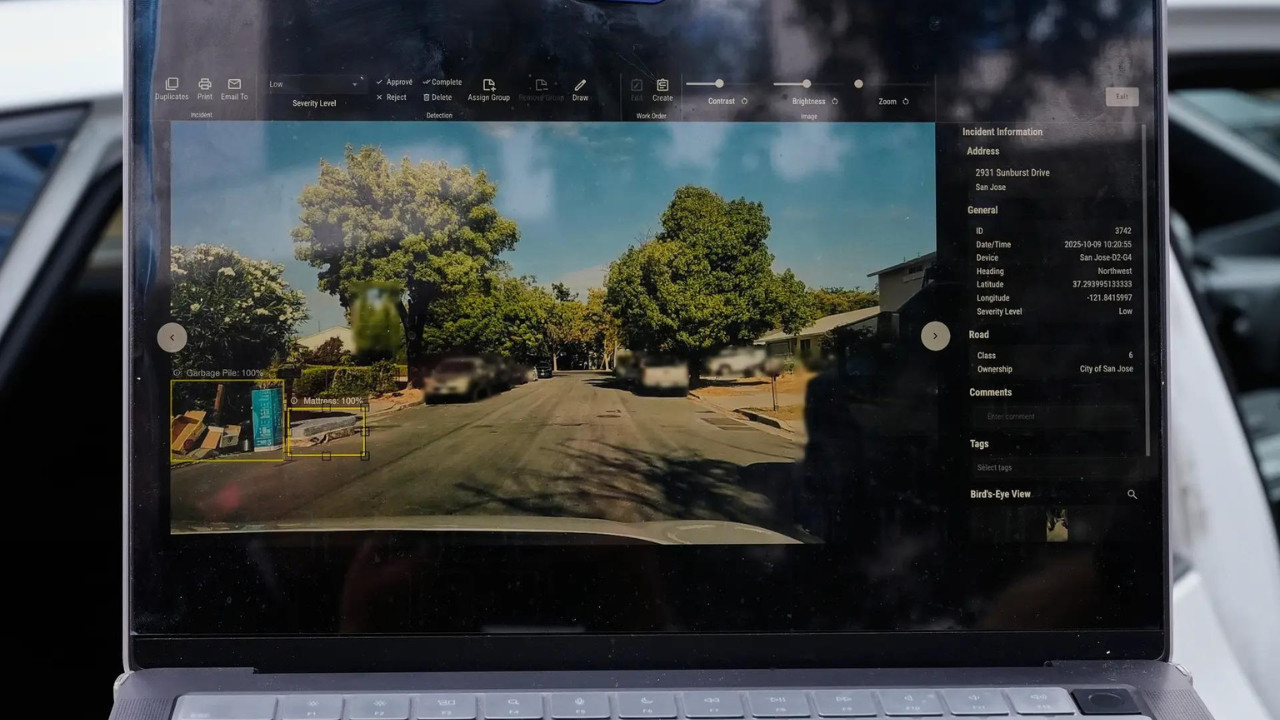Fitch affirms India’s credit rating at ‘BBB-‘ with a stable outlook, buoyed by strong growth and robust external finances, despite potential US tariffs. While these tariffs pose a moderate downside risk, their direct GDP impact is expected to be modest.
India’s Economic Resilience: A ‘BBB-‘ Rating and a Glimpse of What’s Next
The global economic landscape is a constantly shifting panorama, and India’s place within it is a subject of much interest. Recent news brings a sigh of relief and a renewed sense of optimism: Fitch Ratings has affirmed India’s long-term foreign currency issuer default rating (IDR) at ‘BBB-‘ with a stable outlook. What does this alphabet soup actually mean for the average person and for businesses operating in India? Let’s unpack it.
A ‘BBB-‘ rating signifies that India is considered to have adequate capacity to meet its financial commitments. While it’s not the highest grade, it’s comfortably within investment grade, meaning investors generally view India as a relatively safe bet. The “stable outlook” attached to the rating suggests that Fitch doesn’t foresee any major changes to India’s creditworthiness in the near future. It’s like a steady hand on the tiller, guiding the ship through potentially choppy waters.
But this isn’t just about maintaining the status quo. The report highlights several factors contributing to this affirmation, offering insights into the dynamics shaping India’s economic trajectory.
Strong Growth Fuels Confidence
One of the key reasons behind Fitch’s assessment is India’s robust economic growth. The country has consistently demonstrated impressive expansion, particularly when compared to many of its global peers. This growth is fueled by a combination of factors, including a burgeoning domestic market, increasing urbanization, and a young, dynamic workforce. The strength in the economy provides a buffer against potential global headwinds, making India a more attractive destination for investment. The rating agency expects this momentum to continue, projecting a healthy growth rate in the coming years.
Solid External Finances as Economic Safeguard
Beyond domestic growth, India’s solid external finances also play a crucial role in bolstering its credit profile. This refers to the country’s ability to manage its foreign exchange reserves, current account deficit, and external debt. A healthy reserve cushion provides a safety net against external shocks, such as sudden capital outflows or adverse movements in commodity prices. India’s prudent management of its external finances has instilled confidence in its ability to weather economic storms and maintain financial stability.

Navigating Global Uncertainty: The Impact of Tariffs
The report also touches upon the potential impact of global trade tensions, particularly those arising from tariffs imposed by the United States. While acknowledging that such measures could pose a risk to India’s economic prospects, Fitch views the overall impact as “moderate.” This assessment is based on the relatively limited exposure of India’s exports to the specific goods targeted by the tariffs. However, it’s important to While the ‘BBB-‘ rating and stable outlook offer reassurance, challenges remain. The government’s fiscal position, characterized by a relatively high level of debt, is one area of concern. Managing the fiscal deficit and reducing the debt burden will be crucial for sustaining long-term creditworthiness. This requires a multi-pronged approach, including revenue enhancement, expenditure rationalization, and structural reforms.
The government’s commitment to fiscal consolidation is evident in its recent budgetary measures. However, the pace of fiscal improvement will depend on various factors, including the success of ongoing reforms and the overall economic environment.
What Does This Mean for the Future?
Fitch’s affirmation of India’s credit rating is a testament to the country’s economic resilience and its ability to navigate global challenges. The strong growth prospects, coupled with solid external finances, provide a solid foundation for future development. However, it’s crucial to address the remaining challenges, particularly on the fiscal front, to ensure long-term sustainability. This positive assessment should reinforce investor confidence and attract further investment. Thinking of investing in India? Read more about understanding investment risks to make informed decisions. Ultimately, maintaining and improving India’s credit rating requires continued commitment to sound economic policies and structural reforms.







